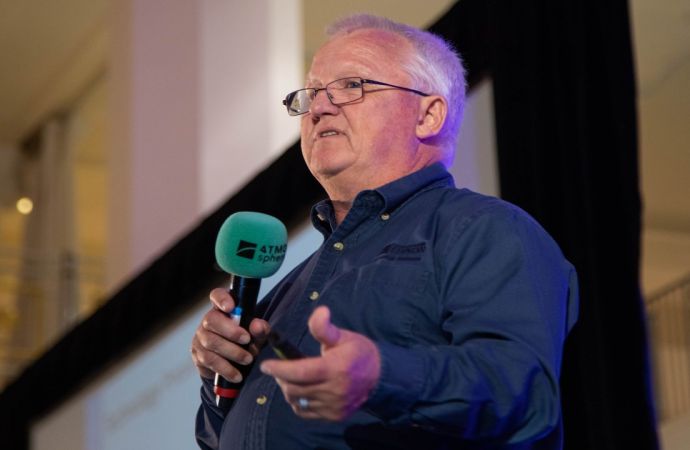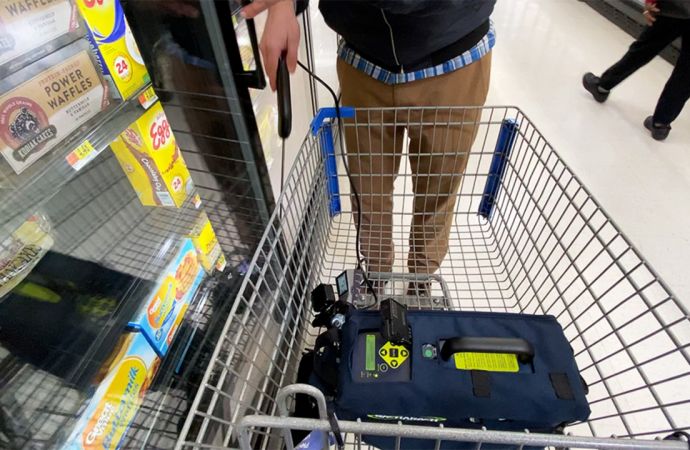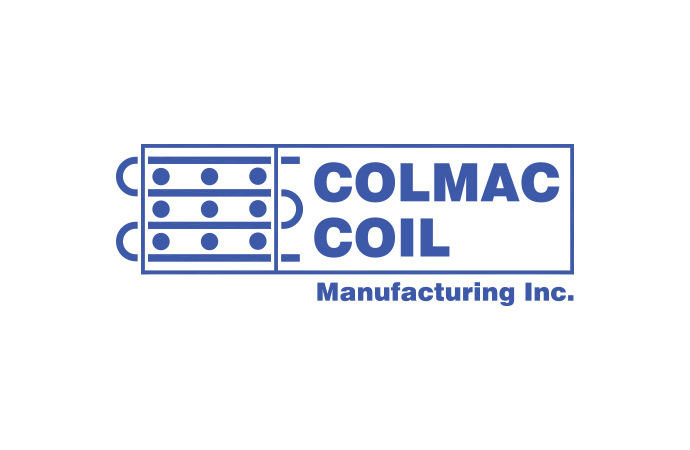The impending carbon equivalent price to be imposed on imports of HFC refrigerant gases with high global warming potential (GWP) is expected to cause dramatic increases in the costs of HFC refrigerants: as much as 300 to 500% depending on the GWP of the refrigerant. The price shock will likely accelerate the shift to alternatives.

Praised by UK Prime Minister as a “bold step”, Australia’s introduction of a carbon pricing mechanism for four of the six greenhouse gases, as part of the government’s Clean Energy Future legislation, will significantly impact HFC prices. Whilst the decision met with opposition from parts of the HVAC&R sector, the levy’s long-term benefits include commercial opportunities for low GWP technologies.
Taxes in Australia of up to AUS$100/kg (€77/kg) added to the price of HFCs
The carbon equivalent levy on refrigerants will come into force on July 1 2012, and according to Heatcraft could see the following price hikes:
- R134a would receive a carbon price of AUS$32.43/kg (€24/kg) in 2012, rising to AUS$35.18 (€27) in July 2014;
- R410A would receive a carbon price of AUS$47.38 (€36) in July 2012, rising to AUS$52.32 (€40) in 2014;
- R404A would receive a carbon price of AUS$98.09 (€75/kg) in 2014.
Environmental benefit and growth for alternative refrigerant technologies
According to Tim Edwards, President of the Australian Refrigeration Association (ARA), “The purpose of the levy is to give the industry a price incentive to reduce HFC refrigerant leakage and to adopt low GWP technologies…The ARA is confident that the levy will cause growth in the HVACR industry for those that embrace the opportunity”.
Whilst acknowledging that there would be stresses as the industry develops and evolves to adapt to the new pricing, Mr Edwards added: “It is well known that more energy efficient and future-proof low GWP technologies have been shown to be available and effective in refrigeration and air conditioning. These solutions have been proven worldwide and are available in Australia. Large multinational organisations like Unilever, Coca Cola and Woolworths have recognised and committed to reduce their emissions by adopting low GWP HVACR solutions.”
Overall the initiative could help Australia to cut carbon pollution by 159 million tonnes a year by 2020.
MORE INFORMATION
Related stories







_1522327086.png)

